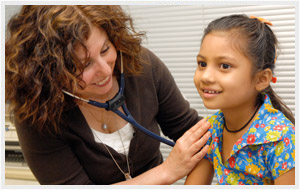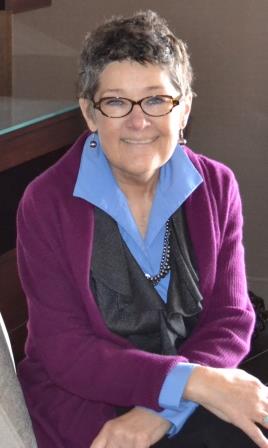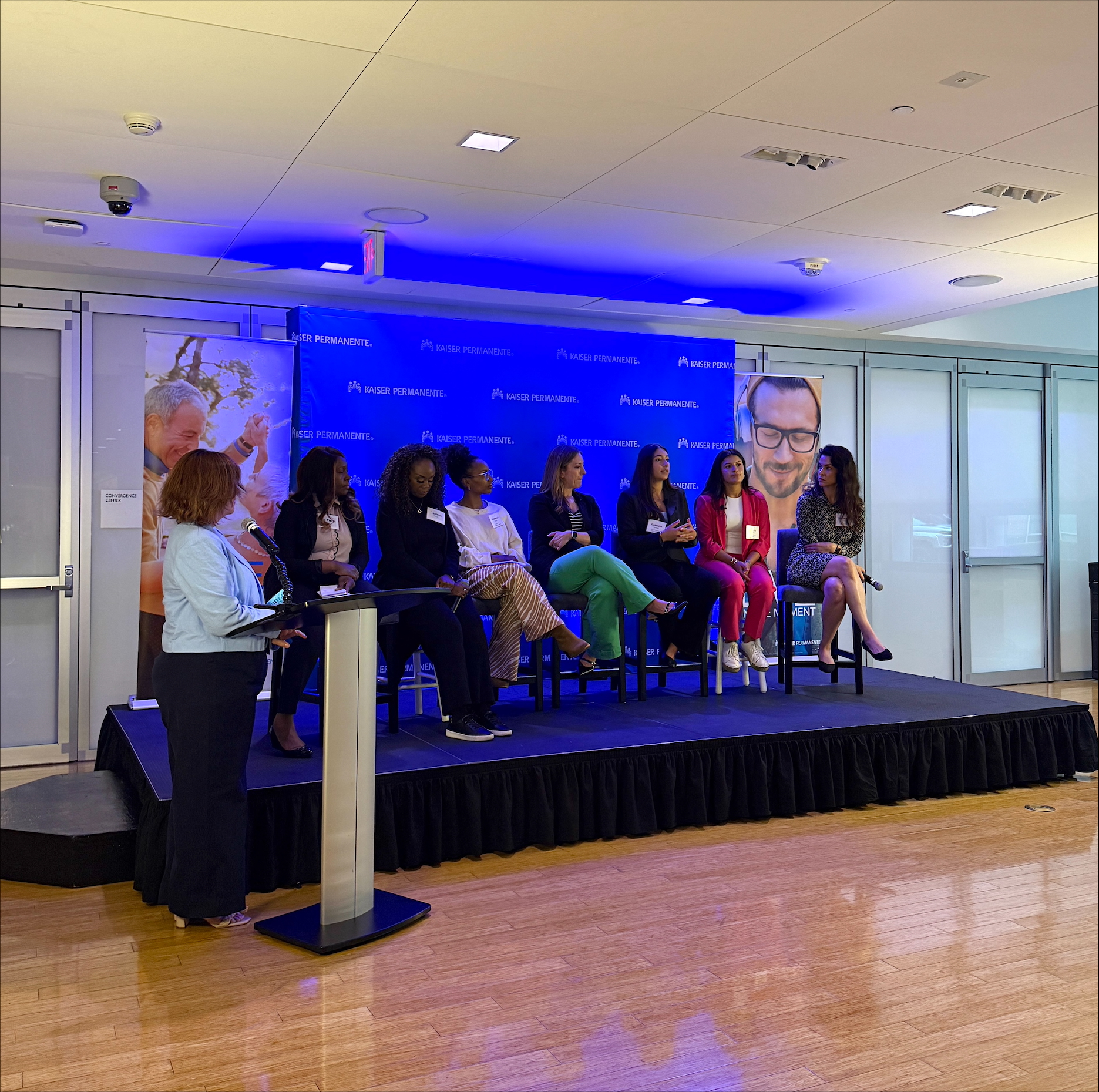An interview with Linda Juszczak of the School-Based Health Alliance
It has been said many times in the public health field that health doesn’t just happen in the clinic. It happens in the places where people live, work, and play. For students, staff and teachers, that often means the school environments where they spend the majority of their day.
The School-Based Health Alliance (formerly the National Assembly on School-Based Health Care) has been working to support health care in schools for nearly 18 years. Their efforts have taken shape in a vast network of school-based health centers spread across the country. More recently, those efforts are spreading out beyond the centers into the school environment in an effort to influence greater change and to reach a broader population.
Linda Juszczak, the long-time president of the School-Based Health Alliance, sat down to talk with us about the evolution of the organization’s work over the past few years. As a former a nurse practitioner and a manager for hospital, community and school-based programs for adolescents in schools throughout the East Coast, Linda offers her perspectives on how she sees school-based health centers (SBHCs) expanding their role and their scope deeper into the public health arena.
[divider scroll_text=””]
Thriving Schools: What is the role of the School-Based Health Alliance and how does it support school-based health centers in doing their work?
Linda Juszczak: The School-Based Health Alliance supports the work of school-based health centers in two important ways. On the one hand, our organization provides important policy and advocacy support for school-based health care, which is ever more important during this time of health care reform implementation. Knowing what changes are coming down the line as a result of health care reform and proactively examining how those changes will impact school-based health centers is essential to helping SBHCs take advantage of the opportunities available to them. The School-Based Health Alliance communicates timely and critical information and offers guidance and consultation to school-based health advocates in the form of webinars, group discussions and individual consultations. Additionally, every three years when our annual convention meets in DC, we mobilize health advocates to meet with officials on capital hill and help inform them about our work and what is needed for success.
Another way that the School-Based Health Alliance provides support is programmatically. In fact, it’s not all that dissimilar from what we do in the way of policy and advocacy support. There is the same kind of dissemination materials (weekly emails, newsletters, website, webinars, convention). We use a variety of dissemination vehicles (weekly emails, newsletters, webinars, our website and convention) to help the field answer some of the problems or challenges they’re having and to share best practices. We encourage change where we feel it’s essential for advocates’ survival and we communicate how they can modify what’s happening in their SBHC to be more resilient. We also have them work on telling their story. Everybody likes stories, and even some difficult issues that SBHCs face on regular basis (i.e. changes to services that need to happen in their centers) can be communicated to their constituents in a way that is digestible and useable in the clinical setting.
All-in-all, the School-Based Health Alliance is working consistently to promote the model of school-based health care in order to expand upon what’s already working.
TS: How did SBHCs get their start and what is the role of SBHCs in supporting health in schools and in the surrounding community?
LJ: School-based health centers and programs really started showing up on everyone’s radar in the 1980s. Some were even initiated in the 1970s. Two things were driving interest: First, there was an increasing understanding of adolescent morbidity and mortality and an awareness that the ability of the current health care system to find and treat young people was wanting. Youth were not great users of the healthcare system. SBHCs were devised to combat some of those problems, for example, teen pregnancy.
In other communities, there was increasing awareness of the need to get children out of emergency room who didn’t need to be there. There was a bit more of a preventive focus on both fronts early on, but the work was largely driven by the need to meet acute treatment needs.
Later in 80s and 90s, we began to hear a lot more talk about prevention. From the late 90s to the current time, there’s been growing interest in SBHCs meeting their potential to be very strong health promotion and prevention messengers. There began to be the expectation that SBHC staff shouldn’t stay in examining room with their doors closed but they should start addressing problems in larger contexts – small groups, classrooms, school-wide. In the present time, we do see a shift in more of the work of school-based health care being done outside of clinic walls.
Over the last two years, there’s been concerted effort to strengthen the practice of SBHCs in addressing public health issues – immunization, activities related to healthy eating and active living, etc. Obviously, the providers are limited in their ability to address these matters through conversations with each and every person or group. And while there are some things that may show change, the built environment needs to be addressed to truly have an impact. Yet, SBHCs are getting more involved in improving school lunch programs, advocating for walkable paths to and from school, and a whole variety of activities focused on creating space for young people to accomplish behavior changes.
According to our 2007-2008 census, we started seeing a number of SBHCs increasingly addressing populations other than students in school – some are serving the school faculty and staff and some are even opening their doors to the surrounding community. The reasons for this may vary. Some centers tell us anecdotally that the population in their school is just too small and that the SBHC can’t sustain itself just on students. Sometimes the larger service reach is driven by requests from the community.
School staff have not traditionally been the focus of SBHCs. Informal services might be provided — informal consultations about health, helping staff to find providers to work with, simple health screenings. But staff were not typically diagnosed or treated in the SBHC. In most cases, the resources were just not adequate to provide those services.
Presently, though, the School-Based Health Alliance is seeing that there’s an interest in staff wellness and what centers can do to support staff wellness. We recently learned of an opening of new SBHC in Indiana that’s there to provide care for students and staff. That’s rare. It all depends on resources and training of staff that are at the SBHC.
TS: The School-Based Health Alliance and Kaiser Permanente are working closely together on the Hallways to Health initiative as part of Thriving Schools. Can you tell us a little about the work that is unfolding?
LJ: The Hallways to Health initiative seeks to promote student-focused health and workforce wellness efforts under the umbrella of Kaiser Permanente Thriving Schools. It’s really about spreading the work of SBHCs beyond the center’s doors in an effort to impact the health environment of the whole school. It’s a three-year effort focused on schools in four of Kaiser Permanente’s seven regions.
When we started the work of Hallways to Health, we expected that the changes we were encouraging in our SBHCs would require a lot of convincing and incentivizing of the staff. But interestingly, we’ve had to do no convincing at all. All of our participating SBHC staff really want to do something different, and they understand there is a need to do something different for the sake of the health of those in their care. What those steps look like and where we should focus our priorities, we are just beginning to learn what that might look like. We are working with our SBHC partners to assess the work that needs to be done.
It’s a challenge to figure out where change should begin and how it extends; that is, how to reach your ultimate goal of influencing behavior change and overall healthy school environments. It’s like a series of concentric circles of influence rippling out to create health. No one quite knows how to get there, but we do know that certain basic programs need to be in place (e.g. childhood obesity prevention efforts, public health activities, etc).
The priority is for SBHC staff to get up and out of the clinical setting and into the school environment and surrounding community. They are the eyes and ears that can help identify the changes that need to be made to support the heath of young people.
To learn more about the School-Based Health Alliance, visit their website.





